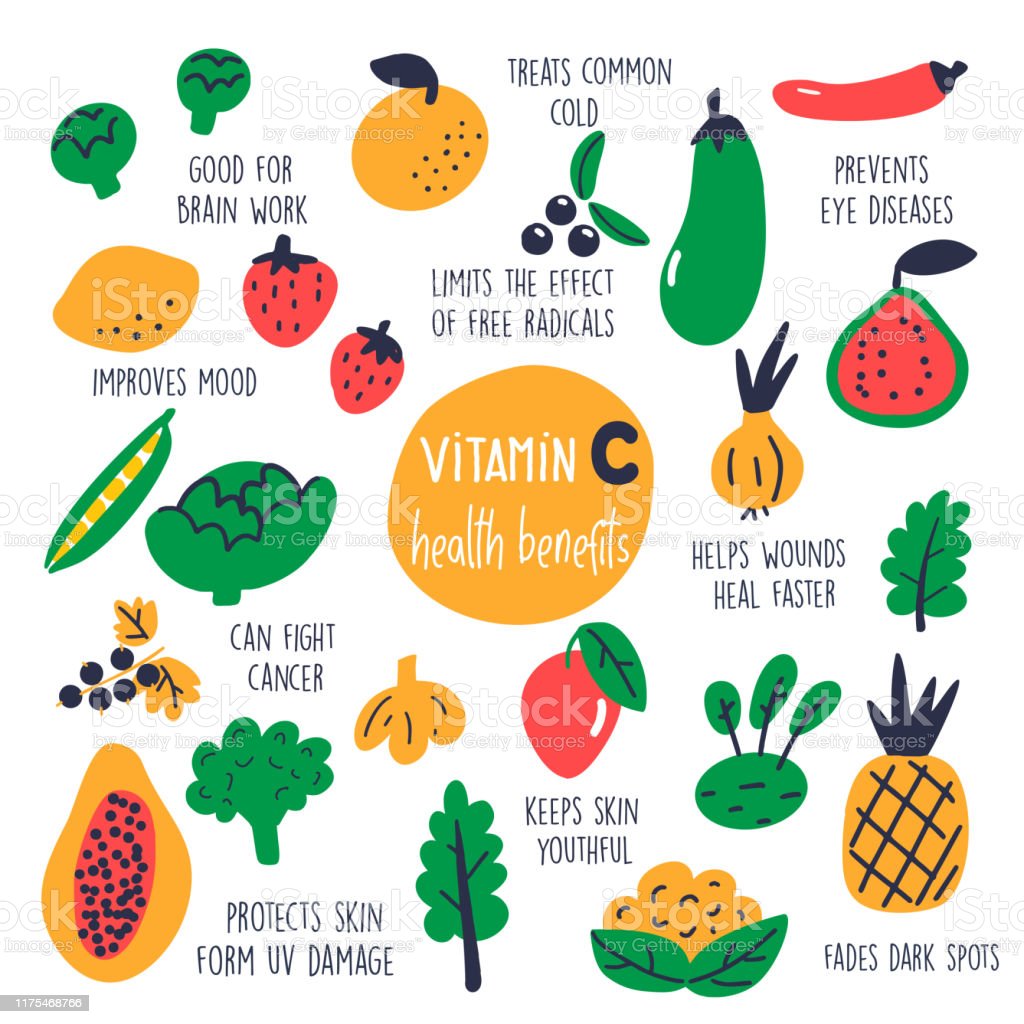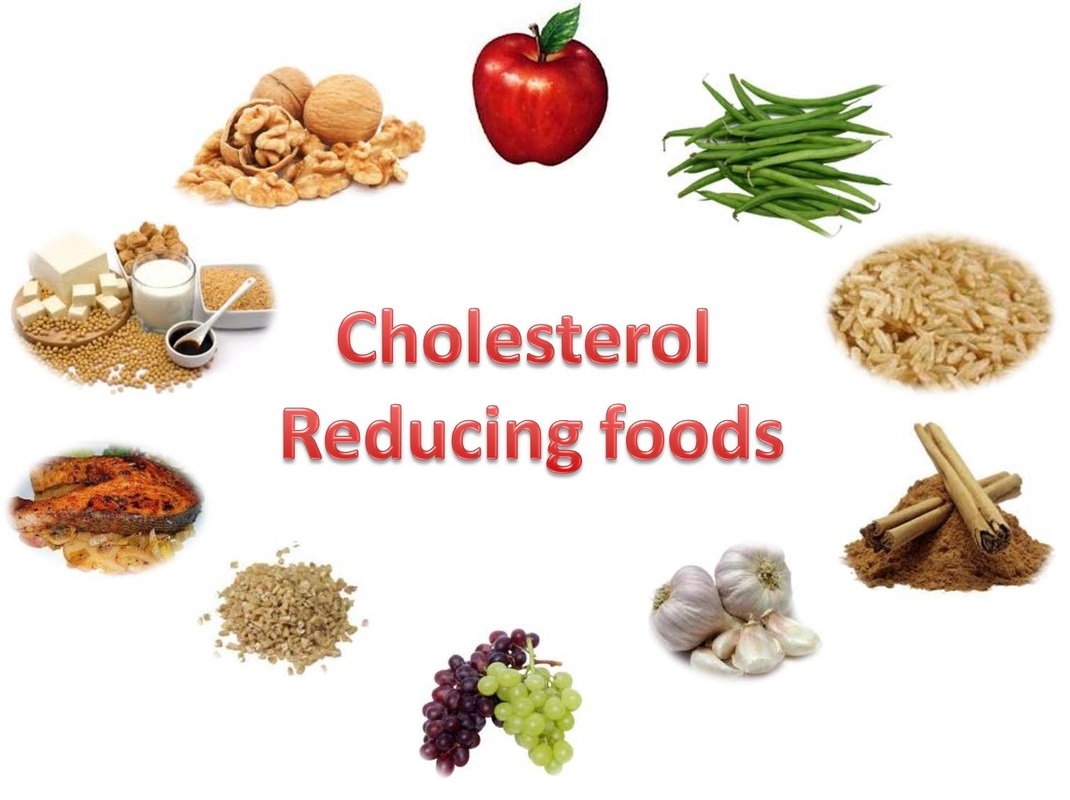
The fat in chicken is an excellent source of animal protein. It can cause problems if the chicken isn't cooked correctly. This article will show you how to properly cook chicken skin. The fat on chicken's skin is a great way to cut down on its fat content and make it taste better. Make sure your skin is dry and clean. This will prevent skin infections.
It's better to avoid dark meat when it concerns fat in chicken. The wing is the next most fatty part. The wing is 8.06g per 100g. One large wing contains 16.7 grams of fat per 100g, while three smaller wings contain just slightly more. You should always check the fat content before you make any changes to your chicken recipe.

You can remove the skin from chicken, but it does add some calories. You can also remove the skin directly from the meat. But, chicken skin contains more healthy unsaturated fats that saturated fats. This means you need to be careful when removing skin from chickens. You should avoid peeling it as it contains high-quality meat. The chicken's flavor and texture should remain intact after you have removed its skin.
Chicken fat is an excellent source of protein. The fat can be used as a flavoring ingredient in sausages or as a substitute for other solid fats. The skin is an important component of chicken. In addition to maximizing the amount of useful fat from poultry, it also has high levels of unsaturated fatty acids, making it a viable alternative for many uses. This oil is especially useful for the meat industry as it increases plasticity.
Chicken is a protein source that is high in protein. Free-range chicken is available online and from local farmers. You can find free-range poultry at a local farm. You can also buy it from a local grocery store. Always choose organic chicken and free-range when purchasing chicken. The majority of the fat in chicken skin is monounsaturated. This type fat is easily found in olive oil.

It is better to cook the chicken in the oven than to fry it. The oven temperature will affect the amount of fat that the chicken absorbs. The process of roasting, broiling, and grilling chicken breasts is the healthiest way to cook chicken breast. Avoid deep-frying, breading, or baking the chicken breasts. These methods increase the fat content. To make the skin more appealing, you can also use barbecue sauce.
FAQ
What can you do to boost your immune system?
Human bodies are made up of trillions upon trillions of cells. These cells combine to form organs or tissues that serve specific functions. When one cell dies, another cell replaces it. Cells also communicate with each other using chemical signals called hormones. Hormones control all bodily functions, including growth, development, metabolism, immunity and immune system.
Hormones can be described as chemicals produced by glands in the body. They are chemicals that travel through the bloodstream and function as messengers to control how our bodies work. Some hormones come from the body and others from outside.
When a hormone-producing gland releases their contents into the bloodstream, hormone production begins. Once hormones are released, they move through the body to reach their target organ. Some hormones are only active for a brief time. Other hormones stay active longer and continue to influence the body's functioning even after they leave the bloodstream.
Some hormones are made in large quantities. Others are made in small quantities.
Some hormones are produced at certain times during life. The production of estrogen can occur during puberty and pregnancy, as well as menopause and old age. Estrogen helps women develop breasts, maintain bone density, and prevent osteoporosis. Estrogen promotes hair growth, and skin stays soft and smooth.
What should my diet consist of?
You should eat lots of vegetables and fruits. These vegetables and fruits are rich in vitamins and minerals that will keep your immune system strong. Fruits and veggies are also high in fiber, which makes them filling and helps with digestion. Include at least five portions of fruit and vegetables per day.
Make sure you drink plenty of water too. Water helps flush toxins out of your body and makes you feel fuller between meals. Drink about eight glasses each day.
Refined grains should be replaced with whole grains. Whole grains retain all nutrients including B vitamins, iron and zinc as well as calcium, magnesium, calcium, protein, and magnesium. Refined grains lack some nutrition.
Sugary drinks are best avoided. Sugary drinks are loaded with empty calories and contribute to obesity. Instead, opt for water, milk, or unsweetened tea.
Avoid fast food. Fast food lacks nutritional value. You won't get the energy you need to function well, despite how delicious it may be. Stick to healthier options such as salads, soups, sandwiches, and pasta dishes.
Limit your alcohol intake. Avoid alcohol as it can cause empty calories and poor nutrition. Limit the number of alcoholic beverages you consume per week to no more that two.
Red meat should be cut down. Red meats contain high amounts of saturated fats and cholesterol. Choose lean cuts such as beef, pork and lamb, chicken, fish, or turkey.
What is the problem?
BMI stands For Body Mass Index. This refers to the measurement of body fat using height and weight. The following formula can be used to calculate BMI.
Add weight in kilograms to height in meters squared.
The result is expressed in a number between 0 - 25. A score greater than 18.5 is considered overweight. A score greater than 23 is considered obese.
A person who weighs 100 kg and has a height of 1.75 m will have a BMI of 22.
Statistics
- WHO recommends reducing saturated fats to less than 10% of total energy intake; reducing trans-fats to less than 1% of total energy intake; and replacing both saturated fats and trans-fats to unsaturated fats. (who.int)
- nutrients.[17]X Research sourceWhole grains to try include: 100% whole wheat pasta and bread, brown rice, whole grain oats, farro, millet, quinoa, and barley. (wikihow.com)
- WHO recommends consuming less than 5% of total energy intake for additional health benefits. (who.int)
- The Dietary Guidelines for Americans recommend keeping added sugar intake below 10% of your daily calorie intake, while the World Health Organization recommends slashing added sugars to 5% or less of your daily calories for optimal health (59Trusted (healthline.com)
External Links
How To
What does the word "vitamin" mean?
Vitamins are organic compounds naturally found in food. Vitamins are necessary for us to absorb nutrients in the foods we consume. Vitamins cannot be made by the body; they must be taken from food.
There are two types: water-soluble and fat-soluble vitamins. Water soluble vitamins dissolve easily in water. You can find vitamin C,B1 or thiamine, B2 or riboflavin and B3 or niacin, B3/niacin, B6/pyridoxine, folic Acid, biotin and pantothenic Acid as examples. Fat-soluble vitamins are stored in the liver, fatty tissue and kidneys. Examples include vitamin D, E, K, A, and beta carotene.
Vitamins are classified according their biological activity. There are eight major categories of vitamins.
-
A - Essential for healthy growth and health maintenance.
-
C is important for nerve function and energy production.
-
D - Essential for healthy teeth and bones.
-
E is required for good vision and reproduction.
-
K - essential for healthy muscles, nerves, and bones.
-
P – vital for building strong bones.
-
Q - Aids in digestion and absorption.
-
R - necessary for making red blood cells.
The recommended daily allowance for vitamins (RDA) varies based on gender, age, and physical conditions. The U.S. Food and Drug Administration sets RDA values.
For adults aged 19 and older, the RDA for vitamin B is 400 micrograms daily. Pregnant women require 600 micrograms daily to support fetal development. Children ages 1-8 require 900 micrograms per day. Infants below one year old require 700mg per day. But, between 9 months to 12 months, the amount drops to 500mg per day.
Children ages 1-18years who are obese need 800 micrograms per day while those who are overweight need 1000 micrograms per day and children who are underweight need 1200 micrograms per day to meet their nutritional needs.
Children aged 4-8 years old who have been diagnosed as having anemia require 2200 micrograms of vitamin C per day.
2000 micrograms are required daily for good health in adults over 50. Breastfeeding or pregnant women require 3000 micrograms per daily due to higher nutrient demands.
Adults over 70 require 1500 micrograms each day, since they lose around 10% of their muscle mass every decade.
Women who are pregnant or nursing need more than the RDA. Pregnant women need 4000 micrograms per dayduring pregnancy and 2500 micrograms per day after delivery. Breastfeeding mothers need 5000 micrograms per day when breast milk is being produced.